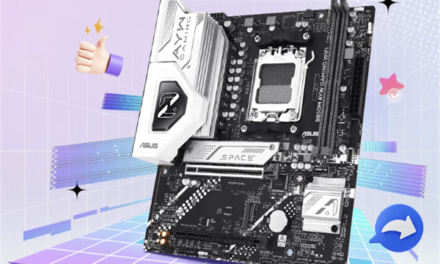
Mac or PC For Video Editing: Which One To Choose?

There has been a long-running battle between designers and content creators debating which computer environment is best for video editing; PC or Mac.
But are there valid reasons to choose one over the other, and does one lead in terms of quality and flexibility, or is it all down to preference?
1. What do you need to edit video footage on a computer?
Making high-quality videos and editing video footage will require a computer with a specification that has enough speed and memory to support the process. Fortunately, the majority of modern computers and laptops possess a specification adequate to manage video editing tasks.
Presuming that your hardware and CPU speed is sufficient, you will need some type of video editing software to design and enhance digital videos, whether you are using a Mac or a PC for video editing.
Mac systems are supplied with iMovie already installed on their system, allowing editors to customize videos immediately. As for Windows,, there is no iMovie for PC, which means turning to third-party downloads.
2. Mac or PC for video editing – which is better for you?
Any video editing system will need a substantial processing speed and ample hard drive storage. Working with video files and editing tasks takes up a lot of storage space and places a heavy burden on the processor.
When it comes to the question of ‘Is Mac or PC better?’ it can depend on what you are using it for, and how fast you need to do it. Specification, storage, and processing speed will all need to be taken into account. Especially if planning to work on multiple videos simultaneously or performing prolonged editing tasks.
The available budget may also influence the purchasing decision, with Macs costing more than their PC counterparts. Whether using a single workstation or buying multiple units for a company, the cost can be a powerful driving factor when it comes to system selection.
3. The pros and cons of each system
In terms of video editing, Mac presented a user-friendly interface with a sharp pixel resolution and bright saturated colors, and with video editing software tools pre-installed, Mac presented an attractive out-of-the-box solution for video editors.
Even though there isn’t a pre-installed iMovie alternative for PCs, there is a wealth of third-party software which can be downloaded to use for specific functions.
Video manipulation and editing can be complex, requiring formatting, overlaying, cutting, and the addition of sound. Computers need to work hard to supply the power and memory needed for video editing, this can lead to the replacement of certain components.
| Mac Pros | Mac Cons | PC Pros | PC Cons |
|---|---|---|---|
| Excellent display | Cost of purchase | Easy to upgrade | Lower screen resolution |
| Built-in video tools | Expensive replacement parts | Availability of software | Basic video tools included |
| Industry standard | Limited expansion | Cost-effective | May be less stable |
4. How much will it cost to get set up with the right software and hardware for video editing on a Mac or PC?
For an Apple iMac with:
27” screen,
3.8Ghz processor,
8GB RAM,
512GB SSD
5K retina display
$1699
For a PC of comparable spec, prices run substantially less for a high-performance model with a built-in NVidia graphics card. There is still the additional cost of video editing software to factor in, but even with this, a good PC set-up could cost as little as:
$899
5. What are the best programs for video editing on a Mac or PC, and how much do they cost?
Mac comes with its own editing tools built in, but there are several other options for both computer systems with software suites designed to provide comprehensive video editing tools.
Here are some of the more popular video software packages available:
| Mac | Price | PC | Price |
| Apple Final Cut Pro | $299 | Adobe Premier Pro | $238 (annual billing) |
| Adobe Premier Pro | $20.00 pm | Pinnacle Studio Standard | $49.99 |
| Movavi Unlimited | $148 (£119.95) | Adobe Premier Elements | $99.99 |
| Davinci Resolve | Free (but with no support) | Movavi Unlimited | $148 (£119.95) |
Each video editing package comes with different options in terms of monthly or annual billing, and some have limited or no technical support.
6. Which system offers more flexibility when it comes to working with different types of files and software?
When it comes to the question of whether a Mac or PC offers more flexibility, the MAC nudges ahead. It is the only computer system that can run its own OS operating system AND Windows. The Mac can open almost any digital file, regardless of the format, and it can run in a Windows environment for maximum compatibility.
With a huge range of downloadable software and add-ons and an easy-to-customize build, PCs can provide a quality platform for video editing, but it doesn’t have the same file capabilities as Mac.
It can’t run the OS operating system, and it is incapable of opening Mac-based files without the help of a software application. With its bright resolution and exceptional screen quality, the Mac may also offer a more pleasing and stable environment for video editing that is less prone to lags and screen freezes.
Conclusion
For video editors seeking versatility in terms of expandable memory and storage options, a PC will provide a broad range of options at a reasonable cost and are suitable for most applications. While Macs have more limitations on expansion and a higher cost, they have the benefit of working across multiple operations systems and handling more file types. Due to their stability, they may be less targeted by malicious software attacks and offer more dependability for creative professionals.

























